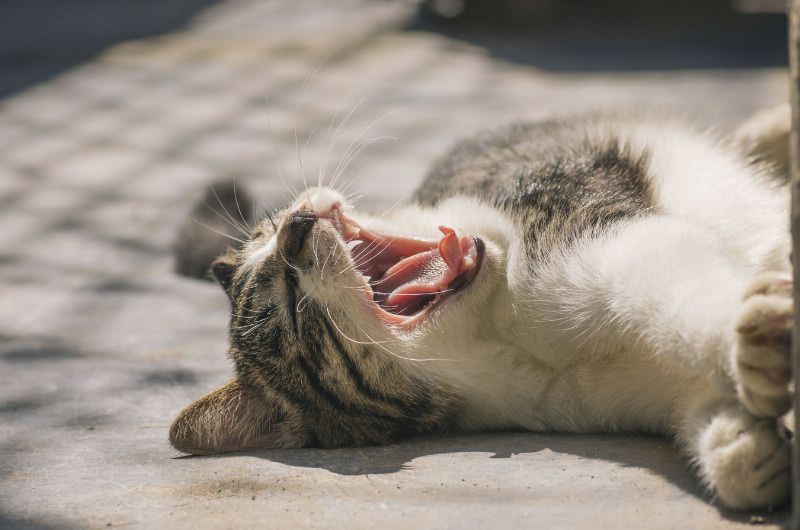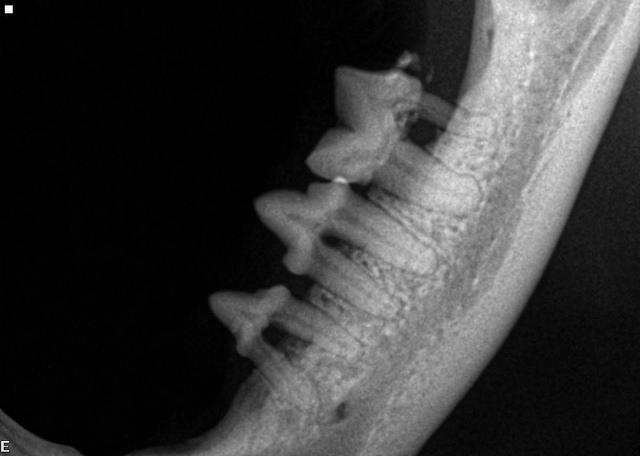Periodontal is the most common health problem among cats. In fact, it’s believed that approximately two-thirds of cats over the age of three have some form of dental disease (VCAHospitals.com).
Yet, relatively little was understood about the bacteria associated with it – until now. Two collaborative studies have been conducted by researchers from the WALTHAM Centre for Pet Nutrition together with expert veterinary dentists and the Harvard affiliated Forsyth Institute. The work, published in Veterinary Microbiology in February 2015 and PLOS ONE just this week, sheds new light on feline gum disease, identifying the most common bacterial species associated with health and disease in cats for the first time.

The Study
Researchers collected subgingival plaque samples from 92 cats with healthy gingiva, gingivitis or mild periodontitis.
Using the latest DNA sequencing technologies, researchers identified 267 bacterial species present in feline dental plaque and built a database detailing the differences between bacterial populations in healthy cats and those in cats with gum disease.
According to the abstract, “Logistic regression analysis identified species from various genera that were significantly associated with health, gingivitis or mild periodontitis.”
Table 2. The percentage abundance of phylum in plaque from cats with healthy gingiva, gingivitis and mild periodontitis.

“This knowledge is a first step in understanding the potential for improving oral health of cats through dietary interventions that target disease-associated bacteria,” said Dr. Ian Davis, Oral Health Researcher at WALTHAM, part of Mars Petcare.
These “dietary interventions” would be something that alters the proportions of influential species of bacteria, thus lowering the risk of disease.
The studies also revealed that the bacterial species in feline plaque were more similar to those observed in canine plaque than to those found in humans. This suggests that interventions targeted at bacteria which cause oral disease in humans are unlikely to be effective in cats, and there is more potential to learn from interventions that work well in dogs.

Dr. Davis added: “It’s important for pet owners to know that cats are just as susceptible to gum disease as dogs and understand the importance of maintaining a good oral hygiene routine; ideally including tooth brushing and dental treats or a specific dental diet.”
What This Means For Cat Health Care
Currently there is nothing available (food or medication-wise) on the market that targets the bacteria they now know is associated with cat disease. Mars Petcare is planning to use this new information to change that.
“The information we shared is already helping Mars Petcare develop new solutions that target bacteria associated with gum disease in the cat,” Dr. Abigail Stevenson for WALTHAM told iHeartCats.com “By sharing this we hope to help others to also do the same. There are a few antibacterial treatments for cats on the market already that target bacteria but these are based on species associated with human gum disease and, given this new information, they would not be expected to be that successful.”
In the meantime, Dr. Stevenson has some advice for caring for your cat’s teeth:
“The advice for taking care of your cat’s teeth is to feed foods and treats that help to clean cat’s teeth through abrasion and to ensure your cat visits the vet at least once a year for a health check that includes the teeth. While toothbrushing is still the most effective way to keep a cats teeth clean, we understand that this is just not possible for most owners.”

For more information on the study, visit PLOS ONE.

